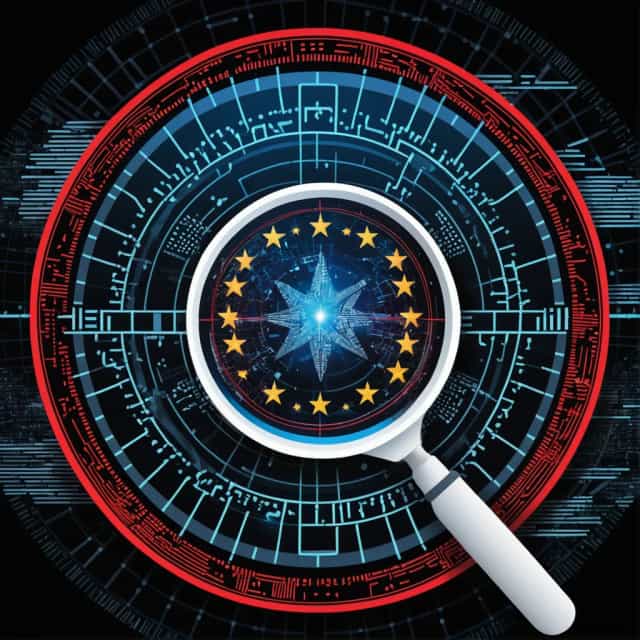
출처: Block Media
European Banking Consortium Initiates Euro Stablecoin Project Under MiCA Framework
European Banks Align to Develop MiCA-Compliant Euro Stablecoin
In a significant move to enhance Europe’s digital payments ecosystem, leading European banks, including ING (Netherlands) and UniCredit (Italy), have partnered to create a euro-pegged stablecoin aligned with the EU’s Markets in Crypto-Assets (MiCA) regulation. According to a joint statement released by ING on October 25, the project involves nine banks and aims to launch the stablecoin as a trusted payment solution by late 2026. This initiative underscores the push toward harmonized digital financial services within Europe while maintaining regulatory compliance.
Responding to U.S.-Dominated Global Stablecoin Market
The introduction of the euro stablecoin is a strategic effort to bolster Europe's financial sovereignty amid the dominance of U.S.-centric stablecoins, such as USDT and USDC, in the global payments space. By offering a robust European alternative, the consortium seeks to strengthen autonomy in cross-border financial transactions while mitigating reliance on foreign stablecoins. This development showcases the region’s commitment to diversifying payment options and fortifying its stance in the evolving global digital finance landscape.
Banking Consortium Spanning Eight Countries
The euro stablecoin project is spearheaded by some of Europe’s most prominent financial institutions:
- ING (Netherlands)
- UniCredit (Italy)
- CaixaBank (Spain)
- Danske Bank (Denmark)
- Raiffeisen Bank International (Austria)
- KBC (Belgium)
- SEB (Sweden)
- DekaBank (Germany)
- Banca Sella (Italy)
Together, the consortium plans to establish a new entity, based in the Netherlands, to oversee the development and operational management of the euro stablecoin. While the founding members form the project's core, the initiative remains open to additional financial institutions that wish to collaborate in enhancing Europe’s payment infrastructure.
Advancing 24/7 Cross-Border Payments and Beyond
The euro stablecoin is designed to revolutionize European financial transactions by offering near-instantaneous, affordable cross-border payments, functioning seamlessly 24/7. ING highlighted its multifaceted applications in programmable payments, supply chain optimization, and diverse settlement use cases covering assets like securities and digital tokens. This marks a transformative leap, offering faster and more efficient transaction methods across industries, including finance and logistics.
Establishing a Unified Digital Standard
Florens Lucht, Head of Digital Assets at ING, emphasized the critical role of digital payments in euro-denominated financial infrastructure. He remarked, “Digital payments are at the core of euro-based transactions and financial systems. Such advancements demand an industry-wide approach. It is imperative that banks adopt a unified standard for interoperability and efficiency.”
This collaborative effort reflects Europe’s ambitions to develop a unified digital payment framework, positioning itself not only as a leader in regulatory adherence but also as a competitive player in the international digital finance space. By rallying top-tier banks to establish a standardized euro stablecoin, the initiative marks a pivotal step in aligning Europe’s financial systems with technological advancements and market demands.
Conclusion: Forging Europe's Future in Digital Finance
The euro stablecoin project exemplifies a forward-thinking approach to digital finance, integrating regulation, innovation, and collaboration among major European banks. With MiCA compliance ensuring ethical and secure practices, and a shared vision to redefine payments within the region, the initiative has the potential to transform Europe’s financial infrastructure. By its anticipated 2026 launch, the euro stablecoin may well emerge as a cornerstone of Europe’s digital economy, offering an alternative to U.S. stablecoins and setting new benchmarks in cross-border payment efficiency and security.










